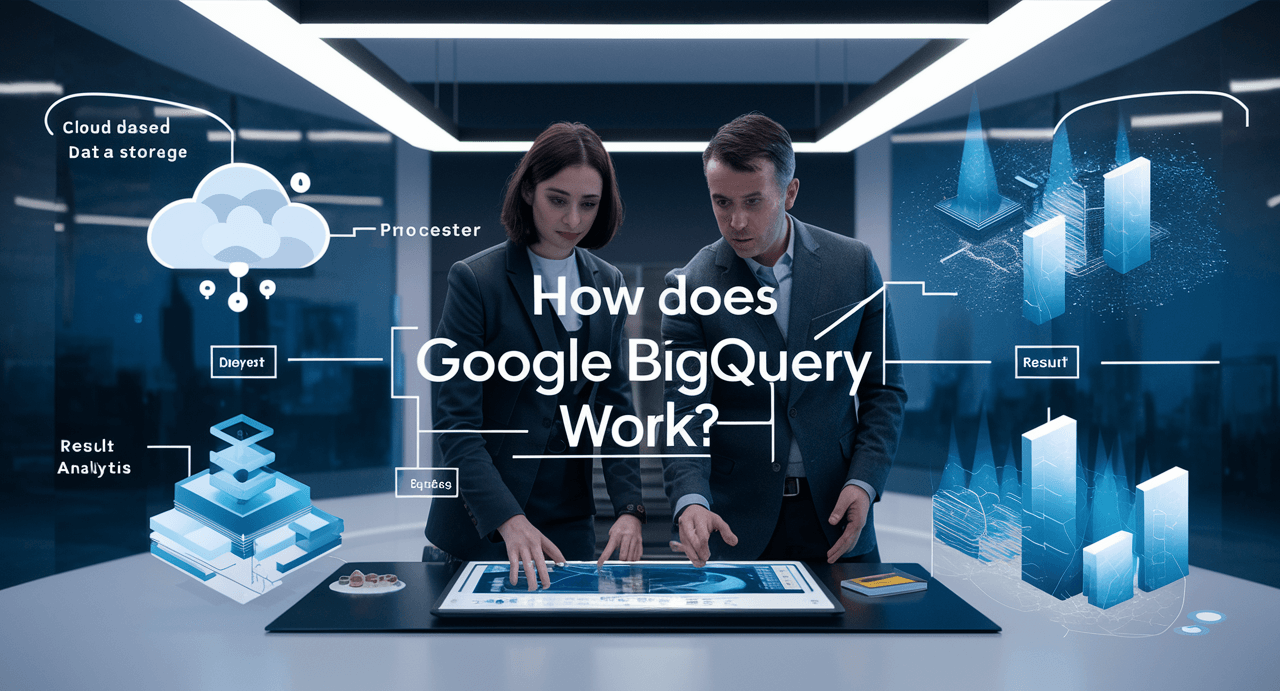Cloud computing is the only and easiest solution to do away with hardware and software maintenance. Besides, it allows users to access data collectively from distant servers, which proved most useful during the pandemic. The physical location of an individual accessing data in the cloud is no longer a concern. On the other hand, a centralized location is the prerequisite of traditional computing. It makes organizations spend unnecessarily on the purchase and preservation of computing services. Scalability is relatively higher in the remote use of computing systems.

Jump ahead to
Difference Between Traditional And Cloud Computing
Below are the precise definitions of both methods for easy understanding and explaining them to others.
Traditional computing
The access to computing services such as data on the internet through tangible hardware in a physical location. It demands the functioning of a central server and also generates extra expenses.
Cloud computing
Shared access to computing services without a physical site with a computer system and centralized network. It allows users to use any gadget provided it offers an internet connection. There is no requirement for the maintenance and installation of software applications.
Why Is Cloud Computing Gaining Popularity?
This method indicates a shared network promoting less is more in accessing the required data and applications. This type of cloud computing is witnessing an increasing demand from enterprises, giving businesses a competitive edge. The reason for this is the rapid application deployment and scalability it allows.
Individuals now have the most potential computing resources, which traditional computing doesn’t cater to. Cloud is the best solution for internet reliability in daily operations. Gone are the days of loading computers with bulk data to the extent their memories would explode. Organizations need not face serious occasions like system breakdowns or accidental data deletion from computers. Instead, they enjoy the flexibility of data access given any geographic location. Many advanced applications possess a standard design of operating from the cloud.
Which Works Best – Traditional Or Cloud Computing?
There are certain factors that best judge the superiority of one over the other at different levels.
Server positions
Third-party companies facilitate servers to run cloud computing services for organizations purchasing them. On the contrary, companies require on-site hard drives and website servers to host traditional computing.
Costs
No wonder cloud computing is cost-efficient since organizations don’t have to invest in costly hardware or meet maintenance expenses. That is not the case with the traditional method; payment bills keep increasing for companies following it.
Architecture
Traditional applications feature a three-tier architecture based on database, presentation, and application logic. In contrast, cloud applications have an architecture comprising a user interface and automation theories. These applications facilitate infrastructure development.
Operational dependency
Backing services, storage, and hardware are the dependencies of traditional computing. The appropriate functioning of this method relies on these components. On the other hand, the autonomy of cloud applications makes this technology inescapable for business organizations.
Effortless collaboration
Traditional computing demands completed data handling codes, leading to workplace disagreements. Modern-day data-centric businesses require cloud computing for effective employee coordination and efficient code completion for developers.
Cyber security
Traditional method isn’t as effective and competent in preventing cyber-attacks compared to cloud. Its multiple security layers beat traditional computing’s solitary one meant for data protection.
Disaster recovery
Traditional computing does not support data recovery administration. So, an unexpected data loss can bring a business to the verge of bankruptcy. The absence of computerized highlights makes this method disadvantageous. On the flip side, cloud computing assures secured data backup. It enables access to backup through the DRaaS application if data gets occasionally erased due to some technical fault.
Cloud computing is undoubtedly more powerful, with greater storage space and servers. Traditional IT infrastructure can’t match up to its adaptability and flexibility. The former provides extensive resources and virtual storage on users’ demands. Besides, it allows businesses to alter storage capacities as per their requirements. Organizations need not waste money purchasing IT infrastructure upgrades from time to time, as in traditional computing. Cloud computing, too, has its set of limitations, but they are manageable.
Below is a list of minor setbacks cloud computing users can face.
- Service provider outages can disrupt the computing patterns of organizations.
- The slackening of internet connection is also a concern in certain locations.
- Cloud computing also results in low productivity due to increased downtime because of software bugs or compatibility issues.
- Organizations have lesser control over the optimization or customization of the cloud environment.
- Risks related to data privacy increase in cloud computing since an external party manages the platform.
Despite these disadvantages, cloud platforms are evolving speedily due to their multifaceted nature. Hybrid, private, or public, the cloud deployment options never fail to cater to the organizational needs of different stature. Individuals desiring to manage cloud computing as entrepreneurs or employees can resort to courses like Cloud Computing Certification and AWS Cloud Practitioner Training.



